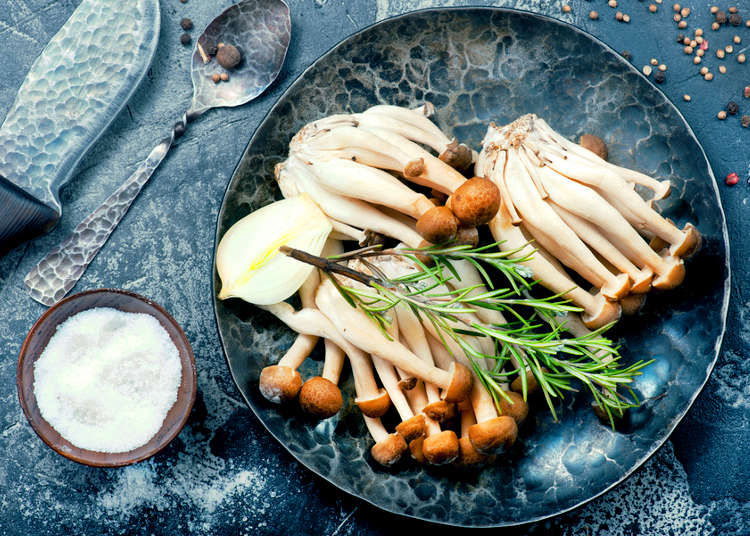
A school can provide many of the healthy foods your child needs, whether they're packed in a lunchbox or brought from home. A sandwich made with whole-grain bread and a container of fruit or yogurt, a bag of baked chips, or a low-calorie dip are great options for packed lunches. If possible, pack the meals the night before, since morning rush often results in unhealthy choices. Make sure to pack snacks that your child likes, such a banana and a protein bar.
Certain schools offer policies that help students choose healthy food choices. Staff model healthy eating habits both during school hours as well as on special days. These policies are designed to support the curriculum and encourage healthy choices in school's lunchroom. This is an important step towards creating a healthy school atmosphere. You must also consider how simple it is for your child choose healthy food. Many schools offer a reduced-cost or free lunch program. If your child is able to have a healthy lunch at school, it will give them the confidence and skills to make healthy food choices.
It doesn't matter which school your child attends. Healthy food options are vital. Milk, for example, should be low-fat or fat-free. Also, milk should have low fat or no fat. High-quality cheese and yoghurt should be calcium-fortified, too. You can also try peanut butter, hard-boiled eggs, and lean meats as meat alternatives. Some schools have nutfree policies. It is worth checking before you make a purchase.
All nutrition policies in a school district must be consistent with federal guidelines. Schools should limit the intake of milk and vegetable juice from snack machines. The maximum portion size for students in grades K-12 is eight ounces. Higher-grade schools will have greater restrictions. It is important to provide healthy options so that kids can be more healthy. You need to take into account the cost of the food.
Healthy habits can be developed by introducing nutritious foods to school. It will promote healthy eating habits and help teachers reinforce nutrition education. It will increase student engagement and help them eat healthier. It's easy to find a recipe that you like and have it shipped directly to your school. They will be grateful for your extra effort.

A lunchbox with healthy foods is another option. The right food will help them focus better and play well throughout the day. This will help them connect with their school and reinforce their nutrition messages. Your child will also feel more comfortable if they have a healthy lunch at school. This will allow them to be more educated about nutrition. It has many other benefits, including helping your child eat healthy food.
You should ensure that your child has a healthy and balanced lunch. Healthy foods can keep children focused and active throughout the day. Aside from being delicious, healthy food can also improve children's concentration and alertness. It will also provide them with the energy they need to perform their daily activities. Good food will also make them feel better. You can buy ready-made meals and freeze them to make healthy lunches for your child to take to school.
A great way to ensure your child makes healthy meal choices is to choose healthy food for their lunch. The menu can be viewed with your child each week so you can keep track of what they eat at school. Talk to your child about which days they like to eat lunch. Depending on their age, your child might be more interested than you in making lunches for themselves.

It's possible to help your child make better choices at school by monitoring their eating habits. Being aware of your child's diet will make it easier for you to keep them healthy and focused. Healthy eating habits are essential for your child’s health. This can be done by discussing the nutrition information at school. It is a good idea for your child to share his or her likes and dislikes with you.
FAQ
What are the benefits to using a slow cooker
Slow cookers allow you to make delicious meals with minimal effort. Slow cooker recipes are more healthy than traditional dishes because they use less oil. Because they cook for you while you sleep, slow cooker recipes can be convenient.
How do I learn about cooking and baking?
Cooking classes are available throughout the country. You can find courses in baking, pastry and wine tasting at many schools. You can learn more about how to cook by enrolling in a class at either a local vocational school or community college.
Which is the best way for you to learn how to cook?
Cooking can be something everyone should master. You will miss out on great meals if you don't learn how to cook. You must start by finding a recipe you enjoy and following it closely when you learn to cook. The next step is to practice making small modifications to the recipe until it becomes second nature. Try cooking for others. This will improve your cooking skills as well as test your culinary abilities.
Is there a difference between a chef and a cook?
A chef cooks for others. A cook prepares food for his or her own consumption. Both jobs require the preparation of food. However, chefs work directly with their customers. This means that they may have to decide what dishes to prepare for their customers based on their preferences. The cook does not have to interact directly with customers. He or she makes sure that the food is delicious before serving it.
How can leftovers be stored in the most efficient way?
Tupperware containers can be used to store leftovers. These containers are great for keeping food fresh and preventing odors from growing. They keep foods warmer for longer. You can freeze leftover food in freezer bags. To prevent air from escaping, freeze food in a bag. Once the food has frozen, you can transfer it to an airtight container like a zipper lock bag.
How much does culinary school cost?
The cost of a culinary school depends on where you are, how much you study, and what program or course you choose. The average tuition ranges from $10,000-$30,000 per year. Most students graduate with approximately $20,000 in debt. There are programs that offer work-study and scholarships.
How can I get hired to be a chef?
A culinary arts degree is the first step to a career as a chef. The next step is to join a professional association like the American Culinary Federation. This association offers certification exams as well as networking opportunities.
Statistics
- You'll be amazed that over 90% of CIA students receive scholarships and grants to finish their culinary studies. (ischoolconnect.com)
- The median pay for a chef or head cook is $53,380 per year or $25.66/hour, according to the U.S. Bureau of Labor Statistics (BLS). (learnhowtobecome.org)
- On average, chefs earn $58,740 a year, according to the BLS. - learnhowtobecome.org
External Links
How To
How to make a perfect omelet
Omelets are a favorite breakfast food of mine. But how do you make them perfectly? I have tried many different recipes and methods, but none of them work. So I am sharing some tips and tricks today to help you make fluffy, delicious omelets every morning.
When making omelets, it is important to be aware that eggs can be temperamental. The eggs must be fresh from an organic source and kept at room temperature until they are ready to be cooked. The yolks and whites will not form properly if they aren't kept cold enough. Your omelets will look strangely colored if this happens. It is best to use room-temperature eggs if you are going to cook them right away.
You can also separate the egg before you add it to the pan. The yolk and white should not be mixed together as this can cause the omelet's curdle.
You might burn the bottom of the egg if you place the egg directly on the stovetop. This could ruin the texture of your omelet. Instead, heat the egg for 10 seconds in the microwave before placing it in the pan. The heat from the microwave cooks the egg just enough without overcooking it.
Next, let us talk about how to mix the eggs. When mixing eggs, it is important to thoroughly beat them. To do this, grab the bowl of the mixer and turn it upside down. Then, vigorously shake the bowl. The egg will be thoroughly mixed in the bowl as the air is whipped.
The fun part is now - adding the milk to the mixture. Pour half the milk into the beaten egg mixture and then fold in the eggs. Do not be alarmed if there are still egg streaks visible. Once the omelet flips, these streaks will disappear.
After you have folded your eggs, heat up the oil on medium heat. Wait for it to get hot. When the oil is hot enough, add 1/4 cup butter to the pan. Stir it around until the butter covers the entire pan. Open the lid and sprinkle salt on the pan. The salt will help to prevent the omelet's sticking to the pan.
Once the omelet forms, cover the pan again. Let the top side set completely. Use a spatula to flip the omelet or turn the pan upside-down. Cook the other side for about a minute. Serve the omelet immediately by removing it from the pan.
This recipe is best made with whole milk. However, it can also be used with skimmed milk.